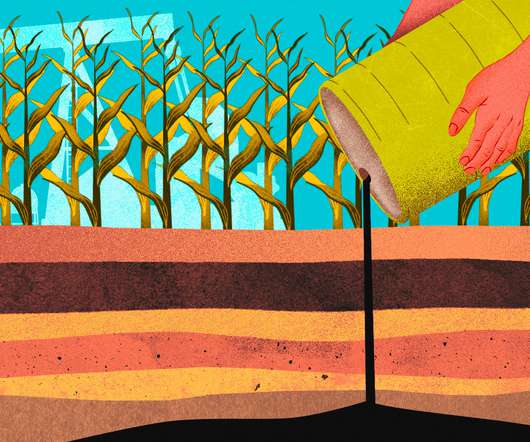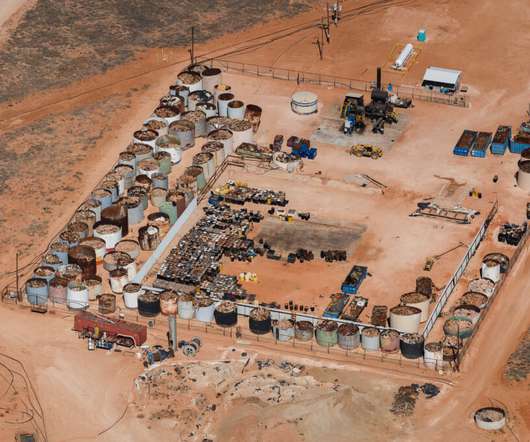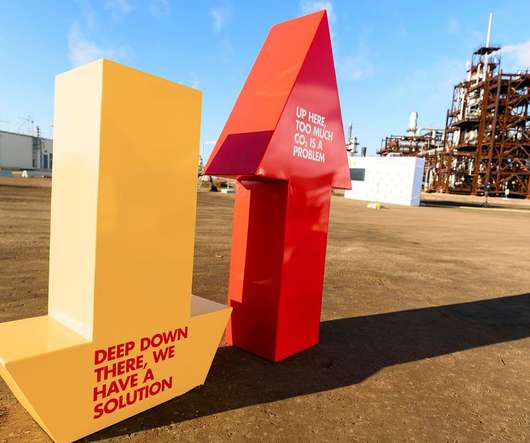The prospects for I-1631 eliminating 20 million tons of carbon pollution annually by 2035
Low Carbon Prosperity
OCTOBER 17, 2018
The initiative, also known as the “Protect Washington Act”, imposes a steadily increasing carbon pollution fee on most fossil fuel uses and directs revenue toward projects to reduce carbon emissions, as well as investments in forests, water, community preparedness, and support to displaced workers and people with lower incomes.















Let's personalize your content